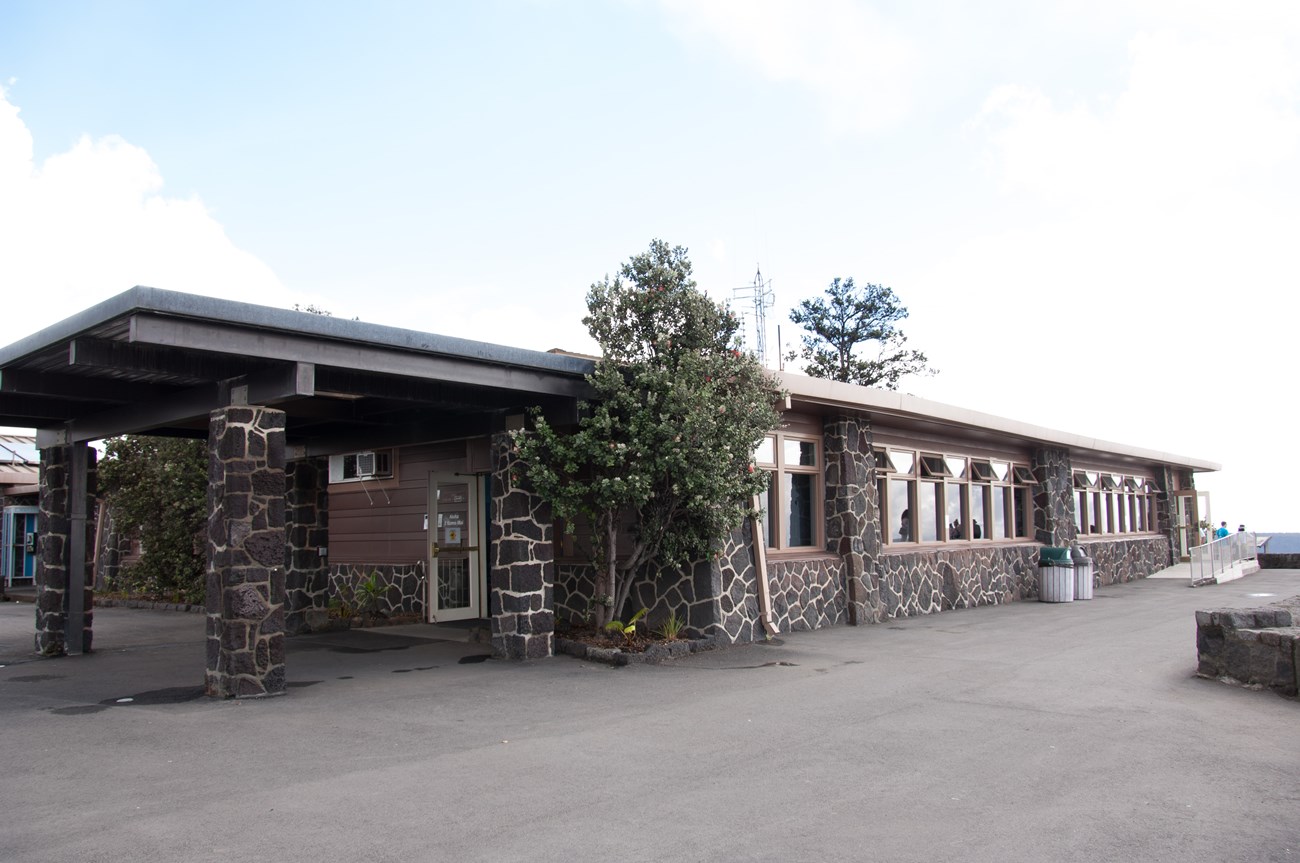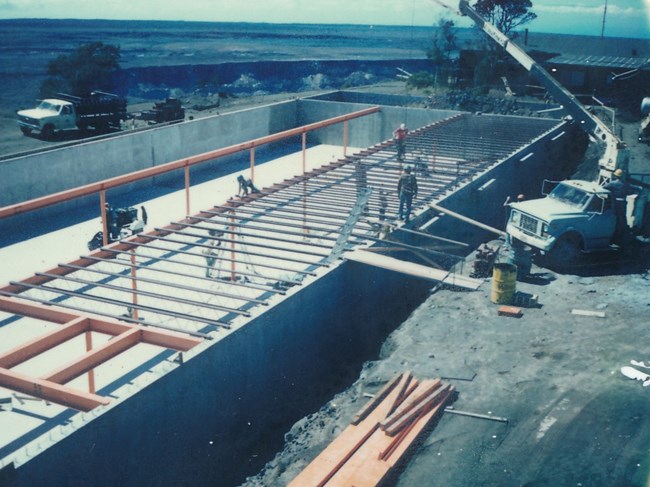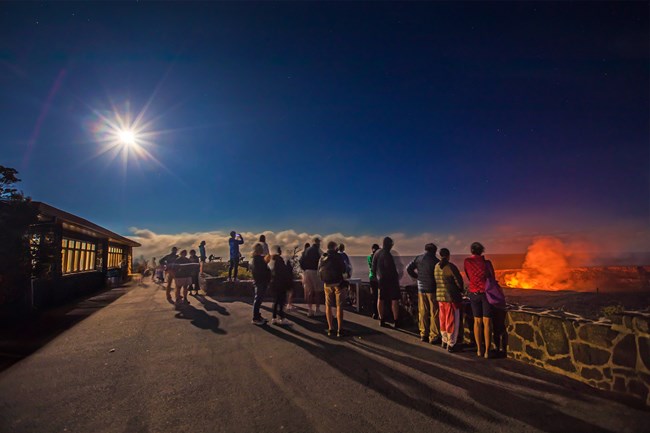
NPS Photo Ed Shinoki Jaggar Museum was the first park museum in Hawai‘i Volcanoes National Park, sharing volcano science and Hawaiian culture with millions of visitors over many decades. In 2018, a new eruption of Kīlauea volcano changed the island of Hawai‘i forever. From May through August the summit area of the park was dramatically changed by tens of thousands of earthquakes, towering ash plumes, and a massive collapse of Kīlauea caldera. Both Jaggar Museum and Hawaiian Volcano Observatory were severely damaged from the thousands of earthquakes during the eruption. Once one of the most treasured visitor contact stations, Jaggar Museum, will soon be demolished. 
NPS Photo circa 1930. 
USGS Photo 
NPS Photo/Janice Wei After the park reopened on September 22, 2018, assessments from NPS geomorphologists determined the ledge on which Jaggar Museum sits is “extremely unstable,” limiting the use of the buildings and grounds. Since the eruption ended, the NPS and USGS have been working on a disaster recovery project to repair and replace critical infrastructure that was damaged during the 2018 eruption. In December, 2022, the park released the final plans for the 2018 Eruption Disaster Recovery Project. The project intent is to repair, replace, relocate or remove critical park infrastructure and USGS-operated facilities and equipment damaged during the 2018 eruption and summit collapse. Check out the full and final Disaster Recovery Project details. Under the final plan, the National Park Service (NPS) will:
|
Last updated: February 1, 2024
